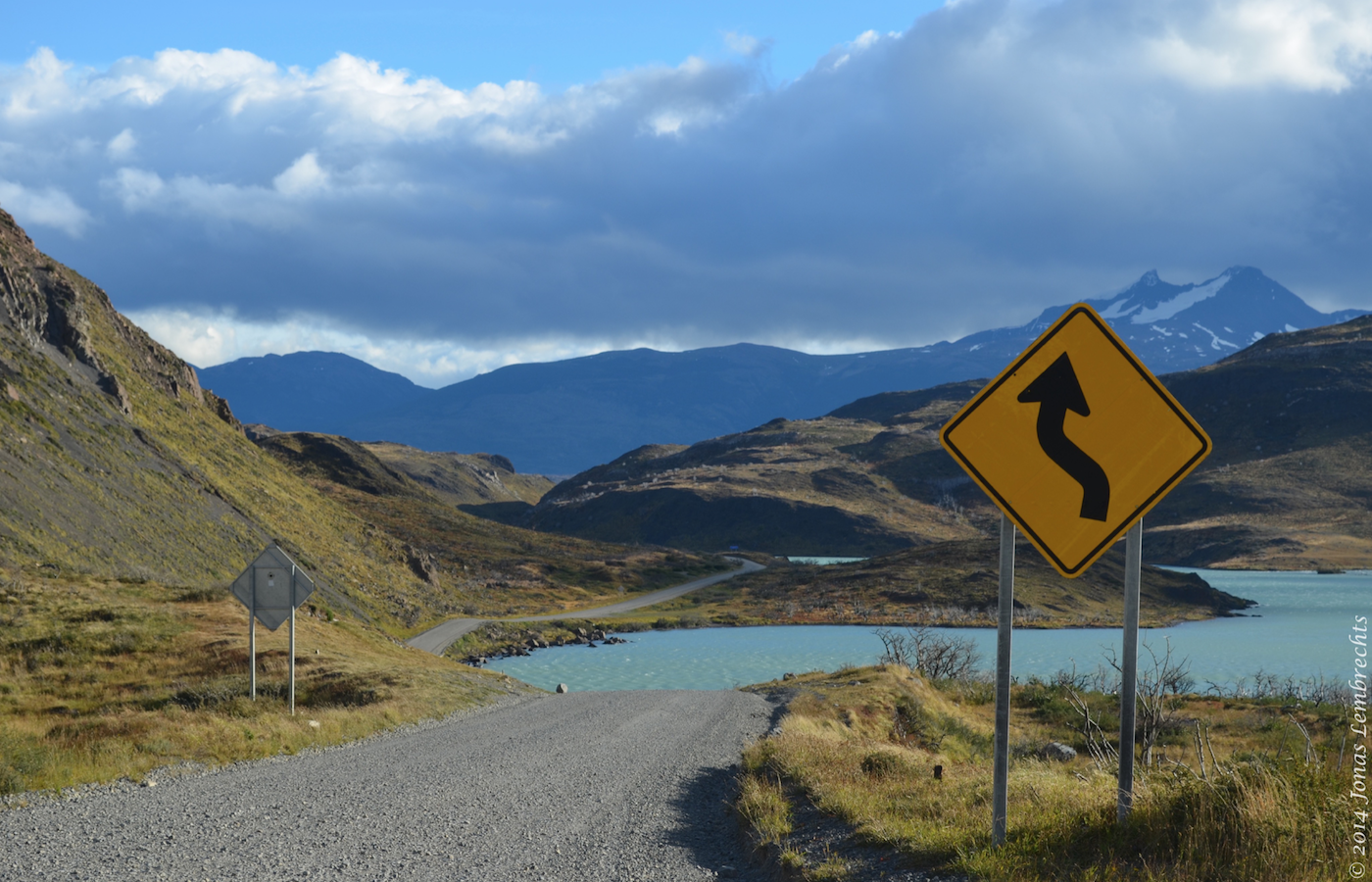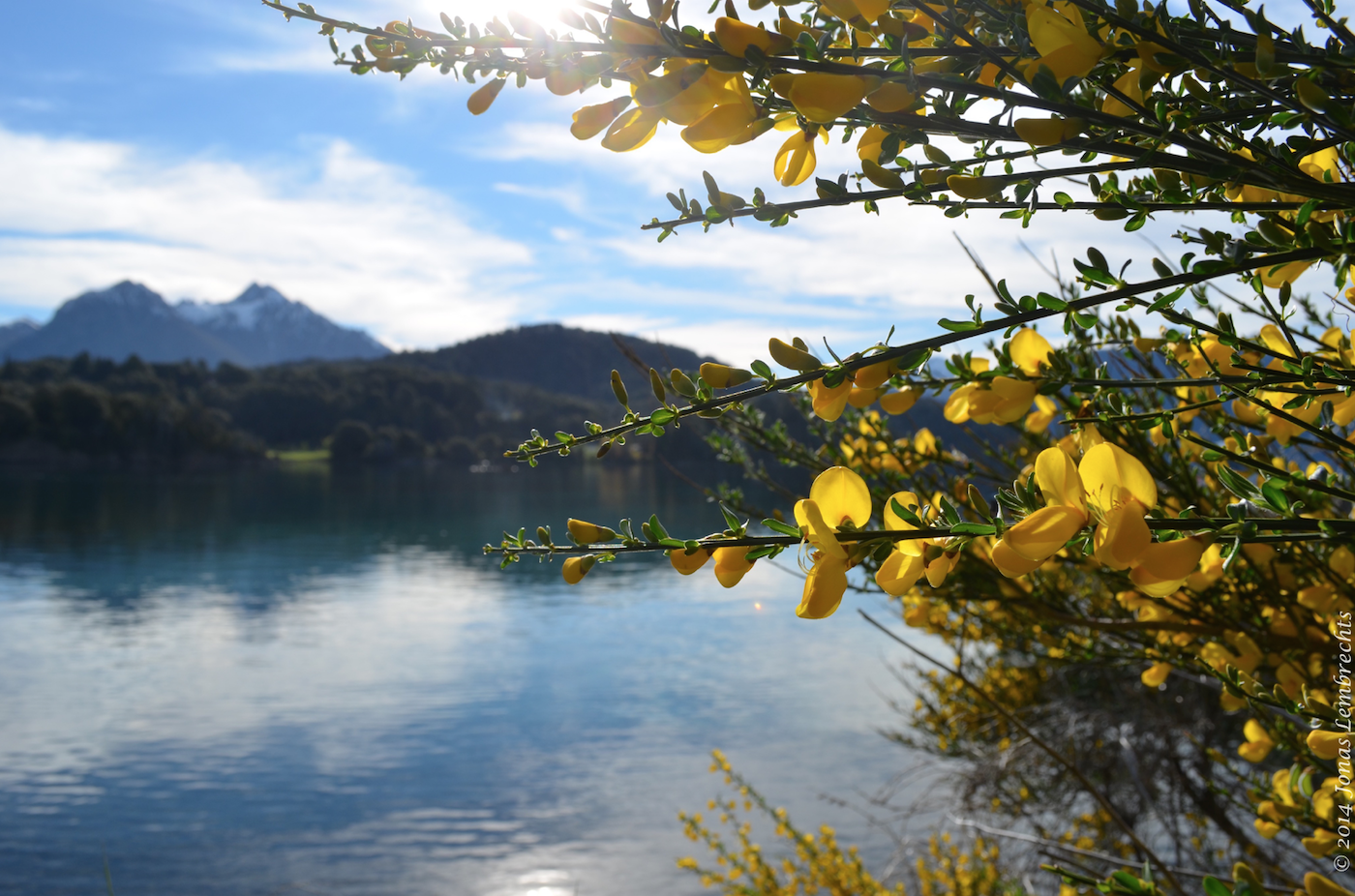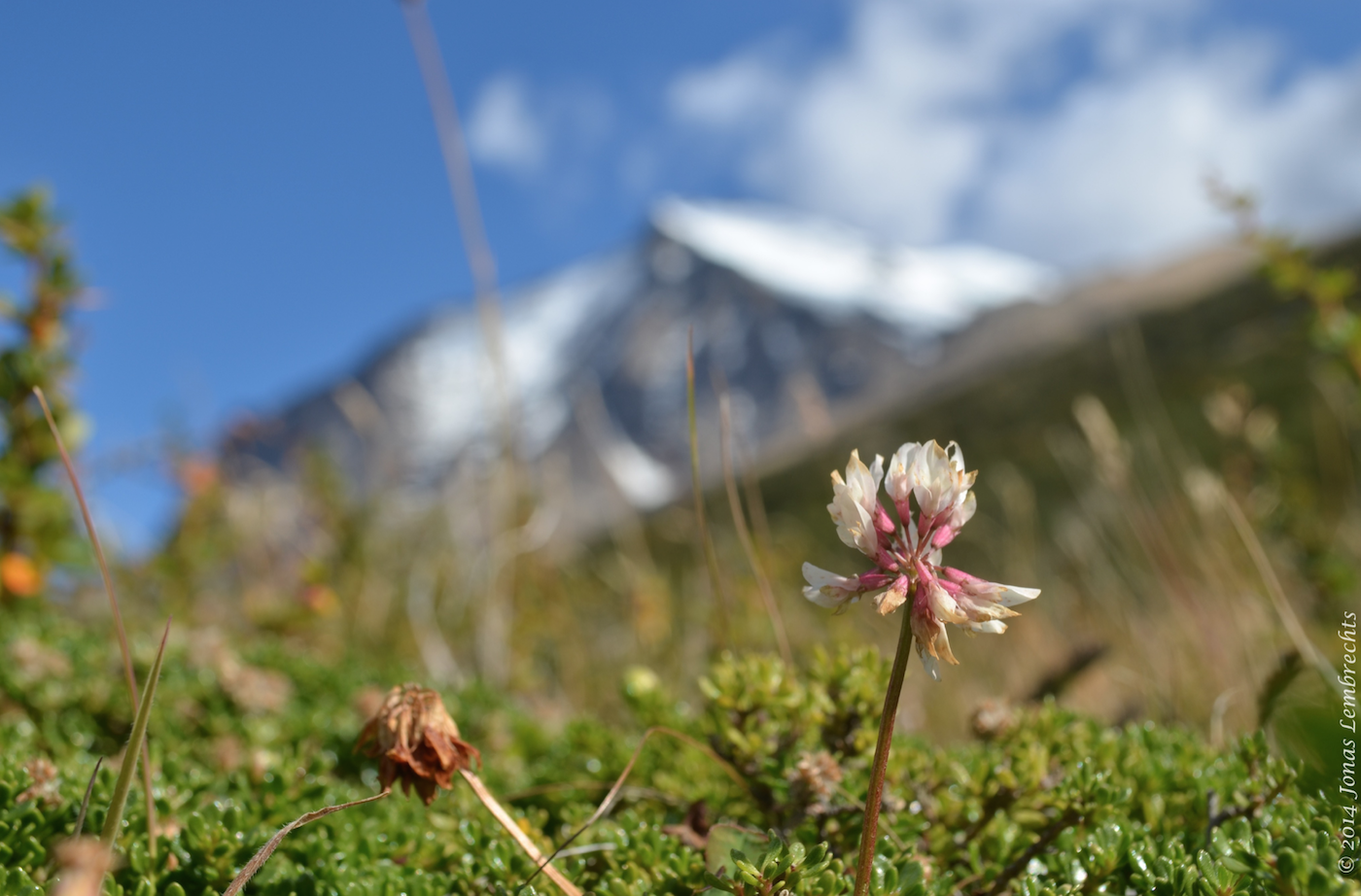Invasive plants reaching new elevations in Chile
With humans traveling and occupying the world more intensively every day, invasions by nonnative plant species are becoming an omnipresent pattern. People transport countless plant seeds as they travel that might, or might not, establish and disrupt local ecosystems.
Until recently, remote places in the alpine and sub(ant)arctic world were considered safe from these plant invasions. It was generally accepted that climate conditions where too harsh to allow the survival of species that weren’t cold-adapted.
This fairly optimistic statement has been refuted by several recent observational studies that listed an ever growing group of nonnative species, steadily marching uphill and towards the poles.

Mountain roads serve as vectors for invading plants.
A very important factor is that their invasion is facilitated by us humans as we build roads, railways, walking trails, and several other forms of disturbances that are known to be the perfect vectors for plant invasions.

Invasive broom along the shores of a Patagonian mountain lake.
The South American continent hosts some of the world’s most precious mountain regions, but it is also a continent with severely advanced levels of plant invasions. Fast action is needed to preserve the untouched beauty of these areas.

Non-native white clover.
But there is a problem. Almost all information on plant invasions comes from lowland environments in the heavily studied Western world. Invasive species might be reacting completely differently to conditions at high elevations. Disturbance might be a large promoter of invasion in the lowlands, but the effect can as easily be the complete opposite at the highest peaks. We don’t know. How many other factors is this the case for?

Poplar invasion.
It is our goal to disentangle these factors. We are on a hunt for the differences between lowland and highland invasions, a hunt that should ultimately result in reliable predictions for the future of invasions in the mountains. Focusing on South America will add valuable information that’s seriously lacking about the processes of plant invasion in the Southern Hemisphere.
With a team of plant ecologists from all over the world, I am trying to synthesize knowledge about mountain plant invasions to come up with good strategies to prevent the further spread of potentially dangerous plant species.
It might not be too late, but the clock is ticking…

Fieldwork overlooking Punta Arenas in southern Chile.
Jonas Lembrechts is a PhD student from the University of Antwerp in Belgium doing field work in southern Chile. Find out how this story fits in with his research on his website.